Generally speaking, the value of sculpture is mainly judged from the following factors.
We know that in all societies an artist is always in some contradiction, a dissonance between the needs of society and the artist. How to resolve this contradiction? I found Michelangelo, who, after being captured, was forced to serve the Pope, and he made a collection of giant slave statues, and this was his “joining point.”From the Pope’s point of view, he carved a group of slaves to serve him, of course, there is no problem, but Michelangelo in these slaves embodies his own sorrow, indignation, unyielding, and resistance. It not only met the requirements of the society at that time but also realized its own art.
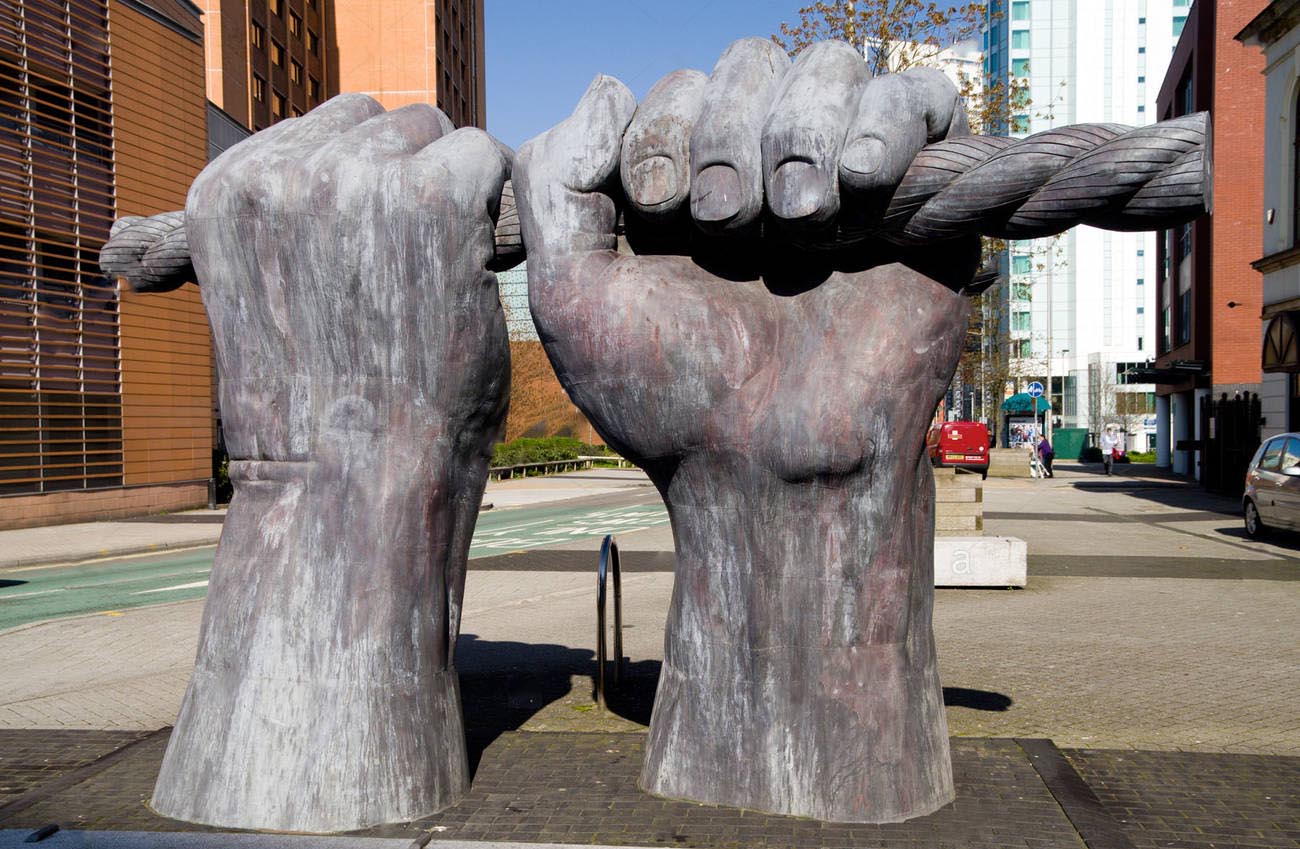
Each period has its representative style of sculpture.
1. Representation. Collecting should first consider those representative works. For example, the author’s representative works of various periods, influential works of various regions, styles, schools, art events, and art periods. It is also important for the artist to have a strong personal style. In addition, the creativity of the sculpture author, popularity, position in the industry, and other factors are taken into consideration. These factors are directly related to the value of the sculpture works and the potential of future appreciation.
Sculpture is a great pretender; a fabrication that points to our need for storytelling and artifice. We have art so we won’t die of truth. Sculpture networks ideas, articulates subjectivities and creates communities. Sculpture reflects its place – its society – its time.
Sculpture relies on innovation for our decorative life to fill in color.
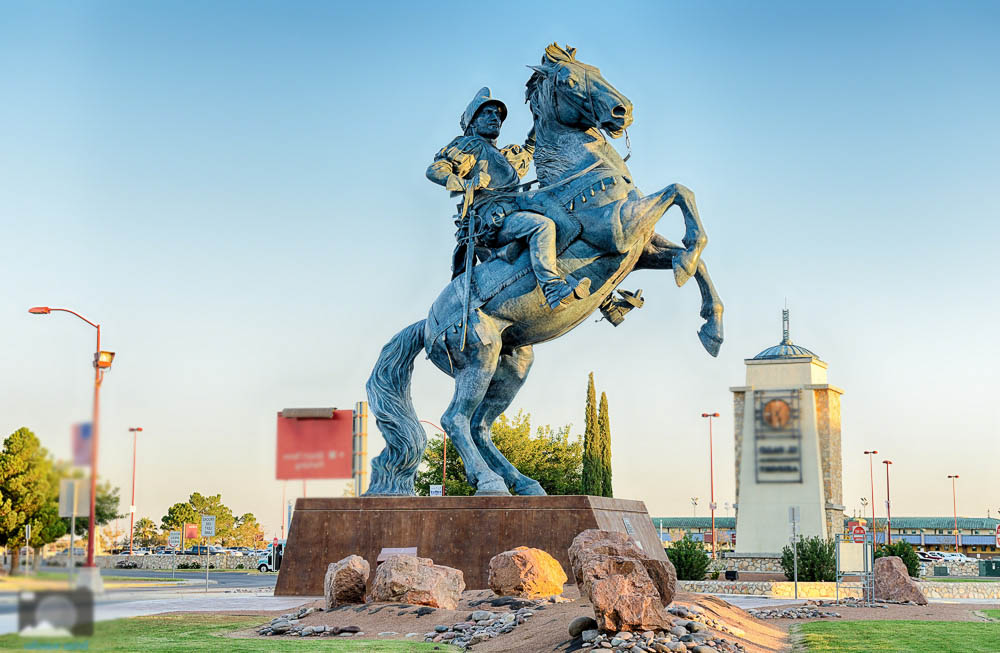
2, Aesthetic and innovative. Many sculpture collectors are still immature, mostly buying according to their own interests and intuition. They equate the aesthetic standards in life with those of artistic appreciation. Realist masters such as Rodin, Mayor, and Board, their works are not only realistic and aesthetic but also pay more attention to the body and space processing, emphasizing the sense of volume and space, as well as the expression of character personality and inner world. At the same time, they emphasize innovation and reflect a strong personal style. Classicism period, the language of sculpture is the language of the human body. The human body has always been the only important proposition of sculpture. However, Rodin turned his attention from the vivid changes of human bones and muscles and the contradictions and conflicts of characters’ emotions to the masses and sense of form formed in the natural movement of the human body, thus forming his own unique human sculpture style.
Sculpture for the purpose of decoration.
3, Decorative. The decorative nature of ancient Roman sculpture is quite prominent because its decorative nature reflects its aesthetic and artistic nature. Whether it is figures or animals, whether it is the art of ornate ware, religious statues, or architectural decoration and sculpture, all generally reflect the traditional decorative taste. The most notable examples are appreciating the Yun Gang Buddha sitting in the open air in the Northern Wei Dynasty, the Paving off evil spirits in the Southern Dynasty, and the Stone Lion in the Tang Dynasty. The symmetrically seated posture of the Buddha statues and the patterned patterns of the seasons make them highly decorative and give full play to their function as architectural decorations.
Sculpture is mainly the use of shape, color, quality and point, line, surface, volume and other modeling means to form a certain artistic image
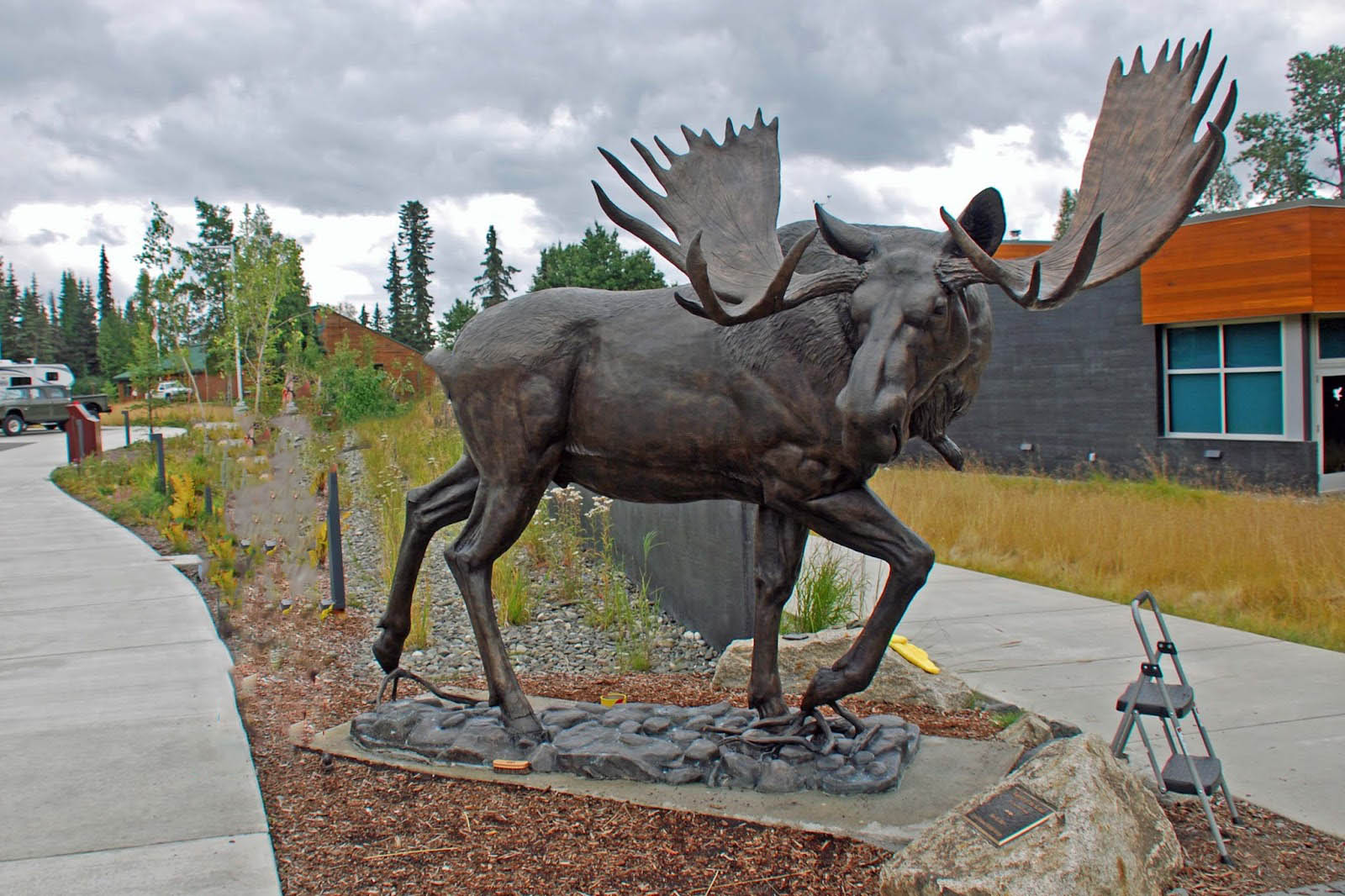
4. Painterly. Sculpture and painting are a pair of brothers, were conceived in the original arts and crafts. Since the time of painted pottery, plastic painting has been complementary to each other and closely combined. After both mature, still “shape painting quality”, in the sculpture on the color (a professional term called “makeup luan”) to improve the performance of the sculpture. The existing ancient sculpture. There are many is the makeup luan over the clay, stone and wood carvings. Today’s sculpture art is completely Westernized, no longer add color, but the folk sculpture still maintains the tradition of makeup luang.
Time value, the value generated by the local cultural psychological time.
The value of space is the value generated for the aesthetic space and imagination space of local groups.
The value of education, the value of the enlightenment of the local educational community.
The value of life, the value of direction for local people to travel.
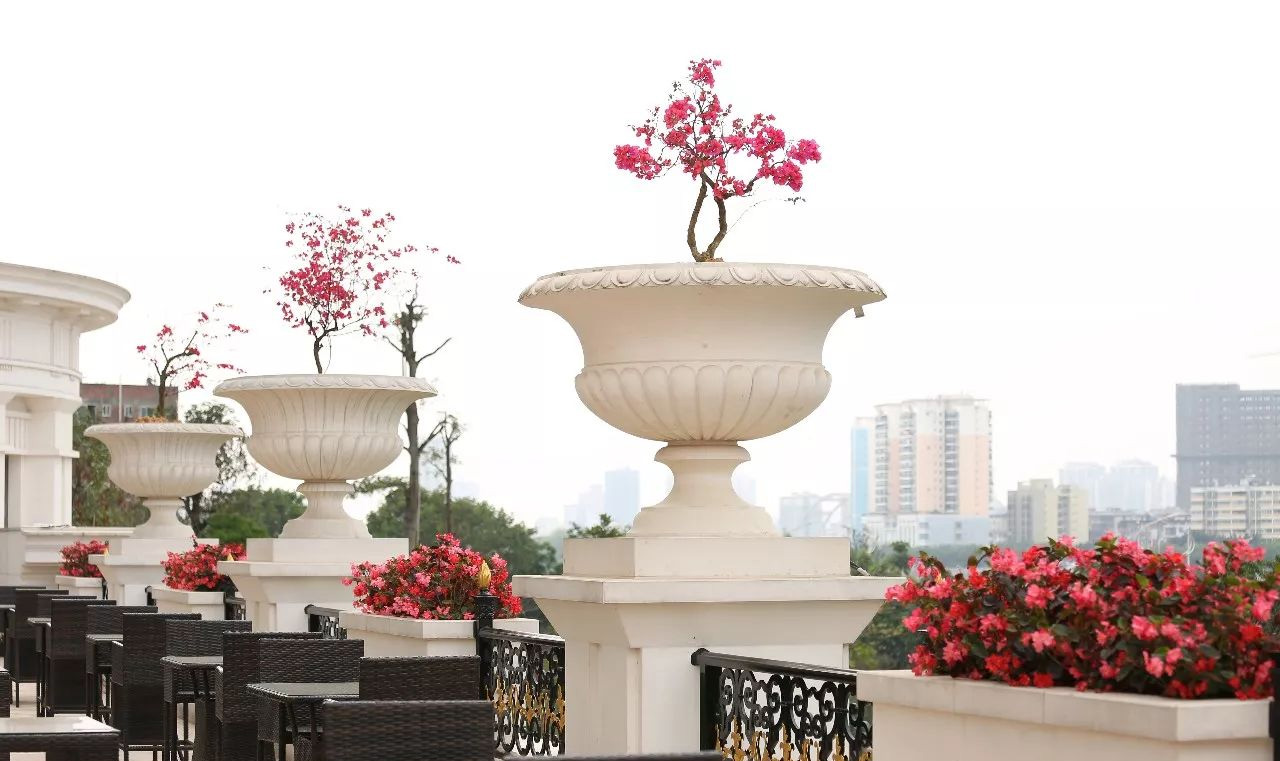
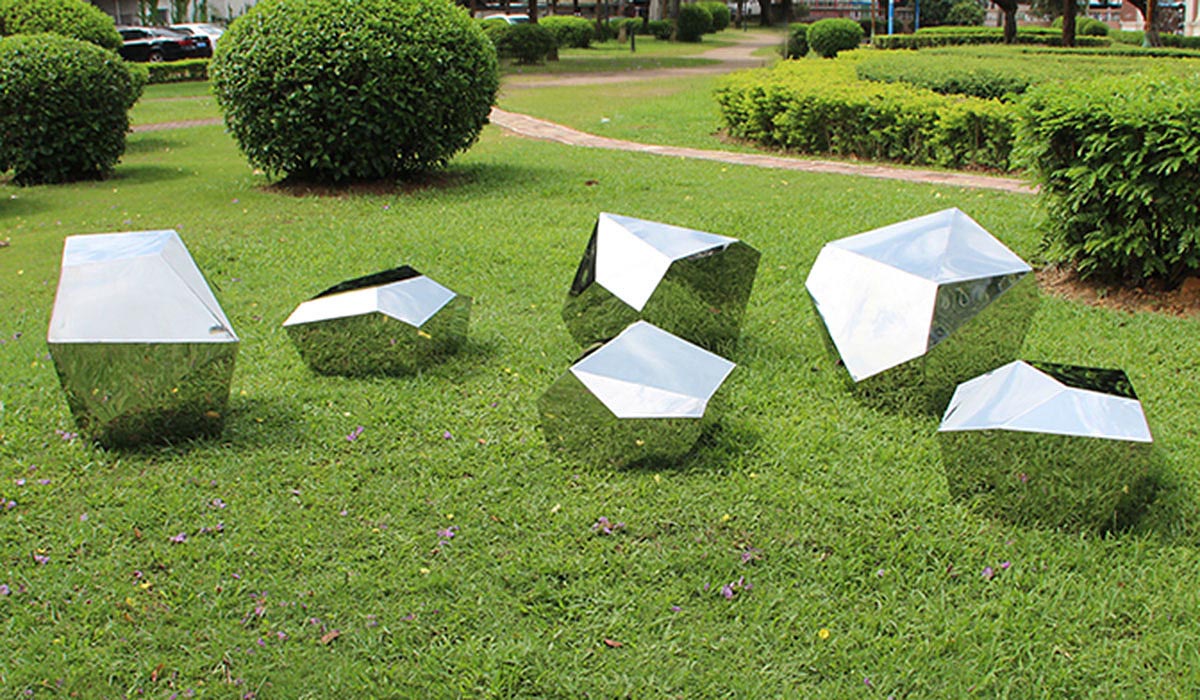
Leave A Comment